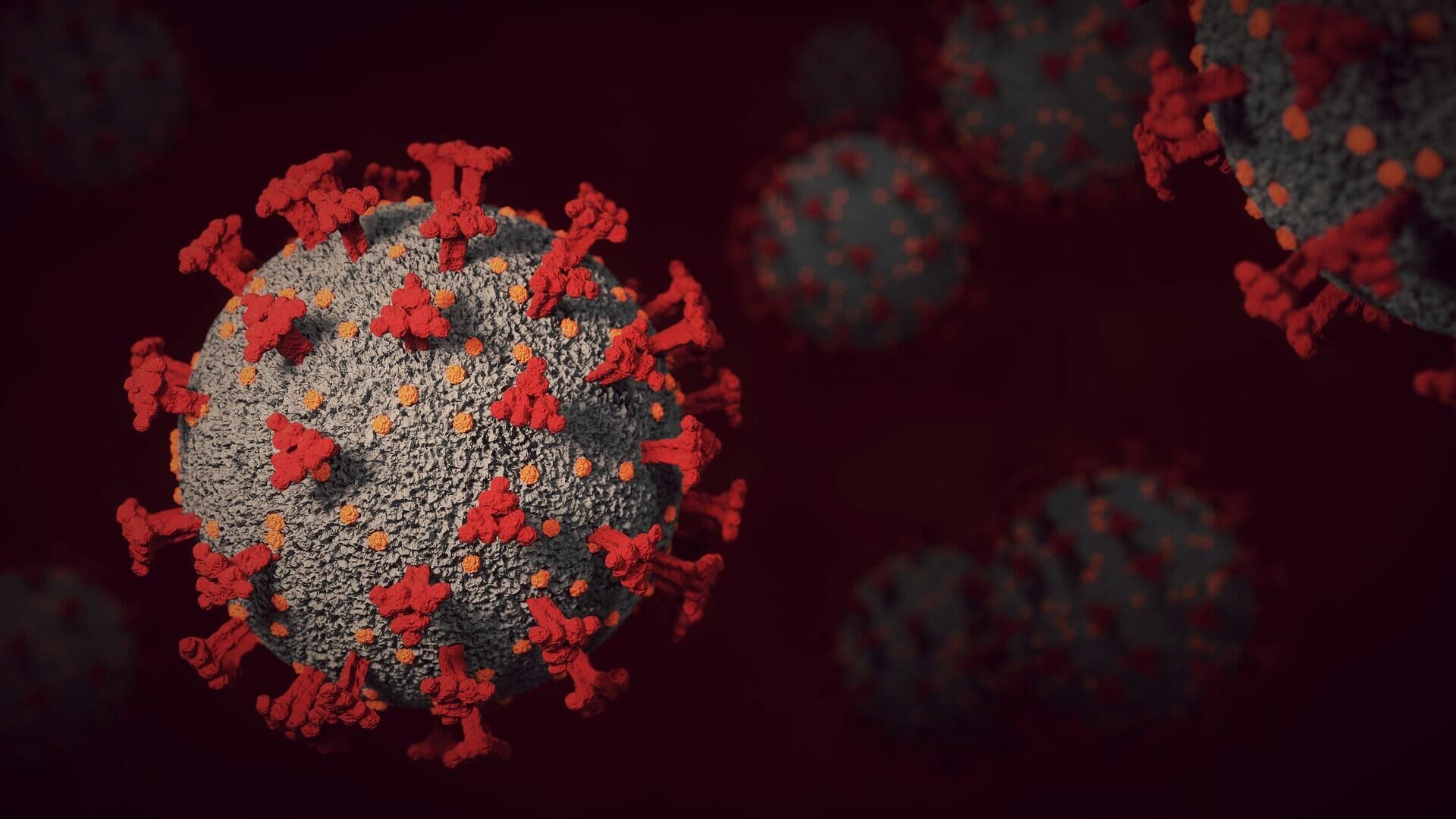https://sputnikglobe.com/20220217/scientists-find-three-new-coronaviruses-that-could-represent-risk-for-human-health-1093103262.html
Scientists Find Three New Coronaviruses That 'Could Represent Risk for Human Health'
Scientists Find Three New Coronaviruses That 'Could Represent Risk for Human Health'
Sputnik International
With the world already in the third year of the COVID-19 pandemic, the origins of the disease, which according to Johns Hopkins University has already killed... 17.02.2022, Sputnik International
2022-02-17T07:25+0000
2022-02-17T07:25+0000
2022-02-17T07:25+0000
laos
france
covid-19
coronavirus
pandemic
scientists
study
https://cdn1.img.sputnikglobe.com/img/07e6/01/08/1092120738_0:0:1920:1080_1920x0_80_0_0_416e726ac4628f09f16a7bcddbcd1f05.jpg
Scientists have tracked three new coronaviruses similar to SARS-CoV-2 which, they claim, could infect human cells and add weight to the theory that COVID-19 originated in the animal kingdom.The study, which was published in the journal Nature on Wednesday, summarises the results of findings conducted by researchers from the National University of Laos and Institut Pasteur du Laos as well as the University of Paris.According to the research, the new viruses named BANAL-103, BANAL-236, and BANAL-52 were discovered in bats in northern Laos and they have genomic similarities to SARS-CoV-2, the coronavirus that caused the global pandemic three years ago.The study pointed out that the new coronaviruses show specific similarities in a "key domain of the spike protein that enables the virus to bind to host [human] cells".He added that his the results of his colleagues "suggest that other related viruses could represent a risk for human health".Scientists at Odds Over Source of COVID-19 The study comes as scientists across the globe remain at loggerheads over the origins of COVID-19, with some sticking to a theory that SARS-CoV-2 originated in bats then jumped to an intermediary animal (most likely a pangolin), before infecting humans.Another theory suggests that the outbreak began due to a laboratory leak in the Chinese city of Wuhan, where the first cases of the disease were reported in late 2019.In a separate development in 2021, US intelligence provided President Joe Biden with a report on the origins of the novel coronavirus, but was unable to conclude whether the virus was transmitted from an animal to a human in a natural process, or originated in a Chinese laboratory. China itself has repeatedly denied the lab leak theories.
laos
france
Sputnik International
feedback@sputniknews.com
+74956456601
MIA „Rosiya Segodnya“
2022
Oleg Burunov
https://cdn1.img.sputnikglobe.com/img/07e4/09/0b/1080424846_0:0:2048:2048_100x100_80_0_0_3d7b461f8a98586fa3fe739930816aea.jpg
Oleg Burunov
https://cdn1.img.sputnikglobe.com/img/07e4/09/0b/1080424846_0:0:2048:2048_100x100_80_0_0_3d7b461f8a98586fa3fe739930816aea.jpg
News
en_EN
Sputnik International
feedback@sputniknews.com
+74956456601
MIA „Rosiya Segodnya“
Sputnik International
feedback@sputniknews.com
+74956456601
MIA „Rosiya Segodnya“
Oleg Burunov
https://cdn1.img.sputnikglobe.com/img/07e4/09/0b/1080424846_0:0:2048:2048_100x100_80_0_0_3d7b461f8a98586fa3fe739930816aea.jpg
laos, france, covid-19, coronavirus, pandemic, scientists, study
laos, france, covid-19, coronavirus, pandemic, scientists, study
Scientists Find Three New Coronaviruses That 'Could Represent Risk for Human Health'
With the world already in the third year of the COVID-19 pandemic, the origins of the disease, which according to Johns Hopkins University has already killed 5.8 million people, remains a mystery. Different explanations are offered, including one suggesting the virus appeared due to a lab leak.
Scientists have tracked
three new coronaviruses similar to SARS-CoV-2 which, they claim, could infect human cells and add weight to the theory that COVID-19 originated in the animal kingdom.
The study, which was published in the journal Nature on Wednesday, summarises the results of findings conducted by researchers from the National University of Laos and Institut Pasteur du Laos as well as the University of Paris.
According to the research, the new viruses named BANAL-103, BANAL-236, and BANAL-52 were discovered in bats in northern Laos and they have genomic similarities to SARS-CoV-2, the coronavirus that caused the global pandemic three years ago.
The study pointed out that the new coronaviruses show specific similarities in a "key domain of the spike protein that enables the virus to bind to host [human] cells".
Marc Eloit, head of the Pathogen Discovery laboratory at the Institut Pasteur, noted that "the existence of these viruses discovered in the bat animal reservoir backs up the theory that SARS-CoV-2 may originate from bats living in the vast karst highlands in the Indochina peninsula, which stretches across Laos, Vietnam, and China".
He added that his the results of his colleagues "suggest that other related viruses could represent a risk for human health".
Scientists at Odds Over Source of COVID-19
The study comes as scientists across the globe remain at loggerheads over
the origins of COVID-19, with some sticking to a theory that SARS-CoV-2 originated in bats then jumped to an intermediary animal (most likely a pangolin), before infecting humans.
Another theory suggests that the outbreak began due to a laboratory leak in the Chinese city of Wuhan, where the first cases of the disease were reported in late 2019.
Having sent a fact-finding mission to Wuhan last year, the World Health Organisation concluded that a lab leak was "extremely unlikely", with WHO experts suggesting that the virus was transmitted to humans from animals that may have consumed bats.
In a separate development in 2021, US intelligence provided
President Joe Biden with a report on the origins of the novel coronavirus, but was unable to conclude whether the virus was transmitted from an animal to a human in a natural process, or originated in a Chinese laboratory. China itself has repeatedly denied the lab leak theories.




